Memory, Meaning, and the Creative Renewal of Culture

In this article I would like to explore two subjects that are recurring themes to me personally and to our community in general. The first is how I, as both a designer and a person, can develop and present ideas that are personal and inherently authentic. The second is how history and traditional ideas and artifacts can be maintained and kept alive by a society that has undergone strong evolutionary changes. These thoughts became conscious and concrete during a design exercise which I would like to share with you in order to demonstrate how I explore the elements of my individuality and how I utilize memory as a creative tool to provide a cultural link to our ethnic history. A statement of fact: I am, among other things, an Aromanian born in Macedonia. This is a central factor in my self-identification as an individual. The roots of this identification lie in the village of Kendruva where my father was born. Even though I was not born and raised there I still consider it my spiritual home. The most vivid memories of my childhood are connected to artifacts that existed there and to acts that took place there. I consider the set of experiences that developed
from the ethnic and cultural realities of the village as a major factor that defines my uniqueness.
A few years ago, the search for a personal design vocabulary that would communicate aspects of my authenticity coincided with a fantasy to build a summer house for myself over the ruins of the house of my ancestors. I discarded the idea of recreating the old house since functionally and socially that would have had no validity for me. Both my life and the life of the village are presently ruled by a different set of realities than in the past. I also did not want to put up an anonymous-looking house of the current vernacular, since that would not communicate any of the history of my ancestors or of the site itself.
I started my design process by searching for elements of a physical and symbolic vocabulary that hopefully would have been able to communicate the uniqueness and personality of the house and its occupants. I turned to my memory and its evocative powers to determine a direction. In this mental search, seven images of the village became recurrent motifs because of their strong physical or symbolic importance. The objects of these images are the following:
-
- ahirona the stable, a playground for youngsters
-
- casa asparta a house ruined by the wars of the 1940s
-
- bisearica the church without a roof
-
- cutaru fenced area to contain milking animals (sheepfold)
-
- ketsari stone outcroppings used as gathering places
-
- shoputu water fountain, the social center of the village
- chiriapu outdoor baking oven
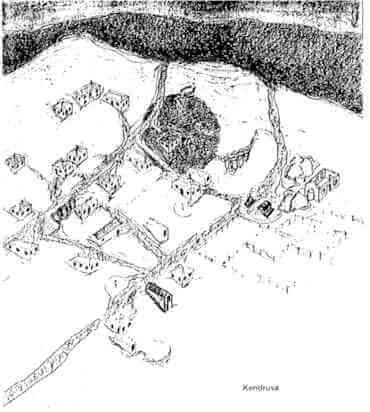

The problem was how to transform these images to become part of the house without becoming either too literal or overly abstract. The results of these explorations are shown in the images that accompany this article. Rather than explain how the house works or how these topological images were interpreted, I leave it to the reader to judge these questions; I prefer instead to discuss the validity of my intentions.
What I really attempted to do was to take some of the cultural artifacts of our community’s history and reinterpret them in a way that would be valid for a new generation in a personal way. I feel that if a culture and its manifestations are not constantly adjusted to the movement of time, they run the risk of becoming valid only in history books, which is a shame since differences in cultural history provide the richness and beauty of diversity.
What I tried to do was to attempt to connect myself via my memory with my cultural history, to take elements of this search that had validity for me, to analyze their quality, to make them part of my persona, and to express them within my creative means in order to explore myself and teach others.
I take great pride in my ethnic history. I like the fact that it sets me apart. In a perverse way I like the fact that it is so hard to explain our identity not only to the outside world but also to ourselves, with our current debates about who we are and what we should be called. It just increases our complexity. But we have to go beyond the definitions and the labels and as individuals we must explore the meaning of the connections to our ancestors’ history. We must take these connections–which can come from anecdotes, songs, stories, artifacts, books, but especially our memory–and try to use them creatively to enrich our lives and the lives of those with whom we come into contact, by celebrating diversity, uniqueness, and the expression of personal qualities. It is even more important now during the latter part of the 20th century, a time of inherent homogeneity that comes from mobility, mass migrations, and global communication.
How this cultural continuity can be achieved must be decided by each individual and pursued in his or her own way. This project is my way.”h
George Zdru was born in Edessa, Greece, and emigrated to the United States at the age of fourteen. He received his architectural education at Virginia Polytechnic Institute. He has worked on diverse types of architectural projects. He is currently a partner at Breier Neidle Patrone Associates in Darien, Connecticut, specializing in airport design. He lives in New York City.
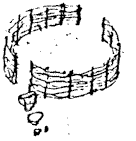
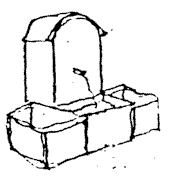

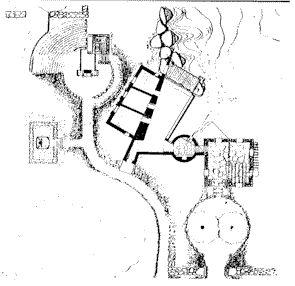
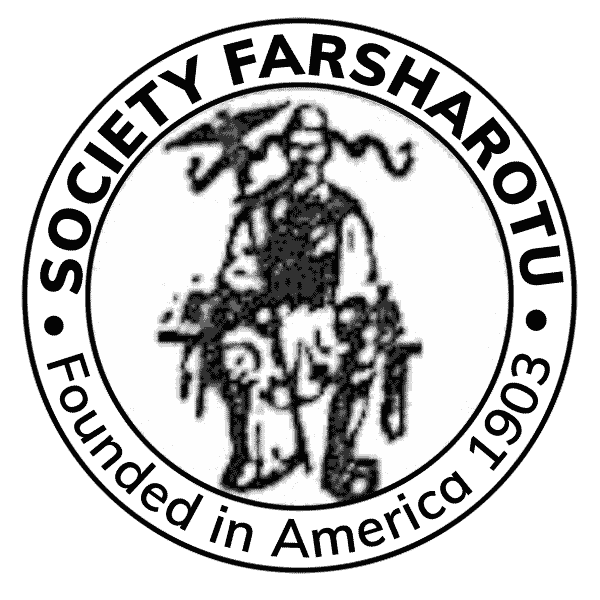
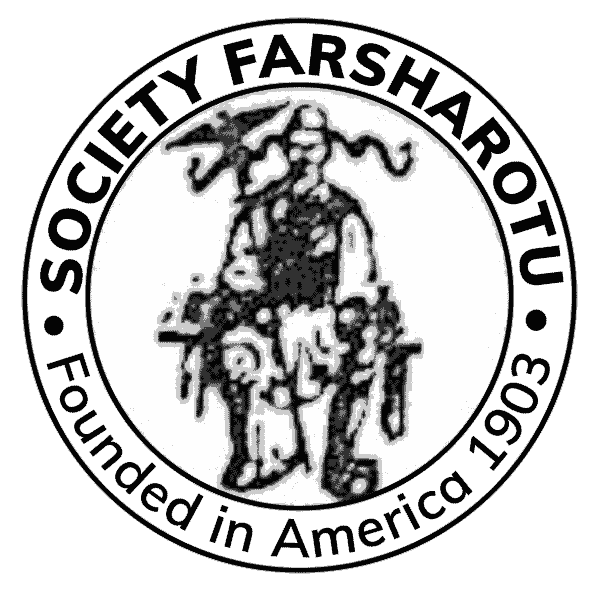
Responses